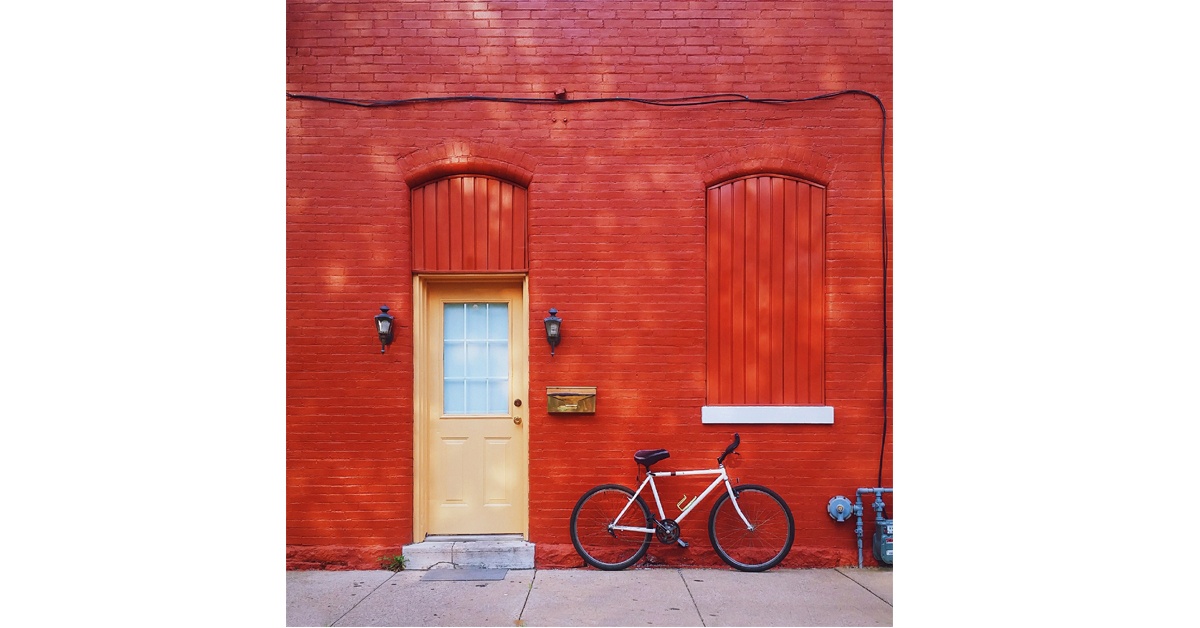Cement is the most generally used construction material existing and is merely behind water because of the planet’s most consumed resource. The cement grade mainly corresponds to the average compressive strength attained by at least three mortar cubes (area of face 50 cm2) composed of one part of cement, three parts of standard sand (conforming to IS 650: 1966) by mass prepared, stored and tested at 72 ± 1 hour (3 days), 168 ± 2 hours (7 days) and 672 ± 4 hours (28 days).
Grades of Cement
There are basically three Grades of Cement which are as follows:
- OPC 33 Grade
- OPC 43 Grade, and
- OPC 53 Grade.
OPC 33 Grade:
The 33 Grade portland cement is more workable as compared to other grades of portland cement. It is generally used as a mortar for plaster and masonry works.
Physical requirements of OPC 33 Grade Cement:
1. Fineness-
When tested for fineness by Blaine’s air permeability method as described in IS 4031 ( Part 2 ):1988. the specific surface of cement shall not be less than 225 m2/kg.
2. Soundness-
When tested by the ‘Le Chatelier’ method and autoclave teat described in IS 4031 (Part 3 ): 1988, unaerated cement shall not have an expansion of more than 10 mm and 0.8 percent, respectively.
3. Setting Time-
The setting time of the cement, when tested by the Vicat apparatus method described in IS 4931 ( Part 5 ): 1988 shall conform to the following requirements:
a) Initial setting time in minutes, not less than 30; and
b) Final setting time in minutes, not more than 600.
4. Compressive Strength-
a) 72 ± l hour: not less than 16 MPa,
b) 168 ± 2 hours: not less than 22 MPa, and
c) 672 ± 4 hours: not less than 33 MPa.
OPC 43 Grade:
The 43 Grade portland cement is generally used in RCC (Reinforced Cement Concrete) works. This grade of cement is also used for the construction of precast concrete elements.
Physical requirements of OPC 43 Grade Cement:
1. Fineness-
When tested for fineness by Blaine’s air permeability method as described in IS 4031 ( Part 2 ):1988. the specific surface of cement shall not be less than 225 m2/kg.
2. Soundness-
When tested by the ‘Le Chatelier’ method and autoclave teat described in IS 4031 (Part 3 ): 1988, unaerated cement shall not have an expansion of more than 10 mm and 0.8 percent, respectively.
3. Setting Time-
The setting time of the cement, when tested by the Vicat apparatus method described in IS 4931 (Part 5): 1988 shall conform to the following requirements:
a) Initial setting time in minutes, not less than 30; and
b) Final setting time in minutes, not more than 600.
4. Compressive Strength-
a) 72 ± l hour: not less than 23 MPa,
b) 168 ± 2 hours: not less than 33 MPa, and
c) 672 ± 4 hours: not less than 43 MPa.
OPC 53 Grade:
The 53 Grade portland cement is not used for ordinary construction works. It is generally used where high strength is needed such as RCC Bridges, Dams, construction of high-rise buildings, construction of sleepers (for railway), etc.
Physical requirements of OPC 53 Grade Cement:
1. Fineness-
When tested for fineness by Blaine’s air permeability method as described in IS 4031 (Part 2 ):1968. the specific surface of cement shall not be less than 225 m2/kg.
2. Soundness-
When tested by the ‘Le Chatelier’ method and autoclave teat described in IS 4031 (Part 3 ): 1968, unaerated cement shall not have an expansion of more than 10 mm and 0.8 percent, respectively.
3. Setting Time-
The setting time of the cement, when tested by the Vicat apparatus method described in IS 4931 (Part 5 ): 1968 shall conform to the following requirements:
a) Initial setting time in minutes, not less than 30; and
b) Final setting time in minutes, not more than 600.
4. Compressive Strength-
a) 72 ± l hour: not less than 27 MPa,
b) 168 ± 2 hours: not less than 37 MPa, and
c) 672 ± 4 hours: not less than 53 MPa.
If found this article helpful feel free to share it with your friends.
Leave a comment if I missed anything.
Happy Learning!!



Very Informative. thanks for sharing…